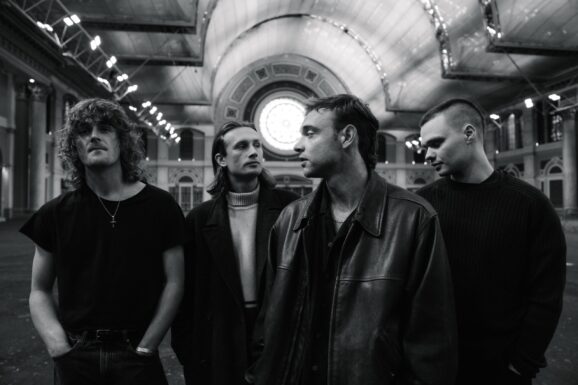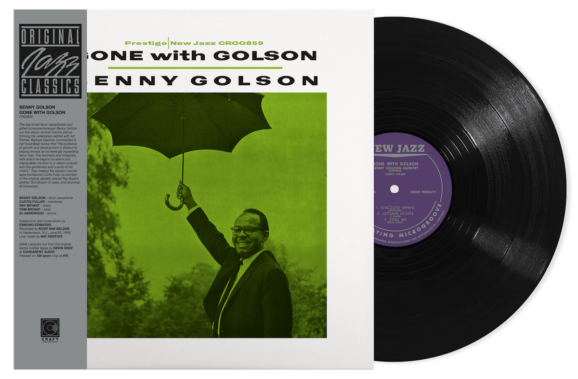In February of 2000, 25 years ago, an undeniable shift hit hip-hop in the same way terrible news hits your heart. At the time, Wu-Tang was one of the most prominent groups in modern. After dominating the late 90s with classic pieces of Hip-hop, group leader RZA decided it was time for each artist to step into the solo world. RZA gave precise instructions to his Wu members; they were to work with outside producers and keep features from fellow Wu-Tang rappers to a minimum. The artists did as such, except for one, who was explicitly chosen by RZA to keep his solo material primarily in-house. RZA kept Ghostface Killah close as they began work on Supreme Clientele, Ghostface’s sophomore solo effort. What is now considered a Hip-hop essential was created in a whirlwind of controversy, making the story behind Supreme Clientele almost as compelling as the music itself.
Supreme Clientele was released on February 8, 2000, but work began on the album in 1997. RZA and Ghostface took a long trip to Africa that year, and thus, the story begins. Much of the album was written on this excursion, lending to the less braggadocious and grandiose rhymes Ghostface had favored on previously acclaimed projects. The duo returned to the States in 1998, primed to hit the studio and get their freshly conceived ideas out, when a wrench was thrown into their plans. Ghostface was sentenced to a six-month prison sentence for a situation that occurred in 1995, bringing Supreme Clientele to a screeching halt. Along with all of this, RZA was still recovering material from the infamous flood that whipped out his stash of beats and the equipment used to make it. These ups and downs are only a fraction of what makes Supreme Clientele a Hip-hop staple, and the rest of the pie goes to Ghostface.
Ghostface’s second solo outing introduced us to a more mature and hungry side of the rapper. Throughout the 21-song outing, you watch the artist grow into himself, getting more comfortable over the off-kilter, boom-bap beats. To this day, Ghostface’s writing and delivery on this album should be studied at major universities. Supreme Clientele sees Ghostface honing his abrasive vocals with a delicate balance between aggression and silk. At the same time, his intricate rhyme schemes fly over your head if you’re not paying close enough attention. Songs like “Stroke of Death” and “Cherchez LaGhost” are just two examples of how the artist’s flow evolved in his sophomore effort. There is almost a quaint, lo-fi feel that harshens the blows of Ghostface’s writing, allowing RZA’s production tricks to have their time to shine.
While RZA didn’t directly produce a portion of the album, the Wu general had his hands on every song. Once the duo collected instrumentals from JuJu from The Beatnuts and Haas G, they “reworked” them. Therein lies the mystifying consistency of Supreme Clientele. With RZA overseeing the sonics, Ghostface could roam free and collect stories and different influences that aided in the growth of his vocals. Their chemistry is evident in cuts like “Nutmeg,” and the posse cut “Buck 50,” but the nuances of the other tunes genuinely shine a light on Ghostface and RZA’s relationship. Its songs like “Child’s Play,” with its gentle yet eerie melodies, and “One,” with its anthemic tendencies, clearly show how working together allowed each artist to reach their full potential.
Chemistry is at the heart of Supreme Clientele, and 25 years later, it is still viciously potent. These 21 songs represent the trust Ghostface and RZA have in each other as they bounce lofty visions off the other with a shining confidence that allows for the experimental tendencies of these songs. Supreme Clientele was the start of a storied solo discography for Ghostface, which may not have been colorful and diverse if not for the high-risk, high-reward approach employed in his sophomore effort. Supreme Clientele represents a cosmic shift in Hip-hop that opened the floodgates to new ideas, creating a portal in the genre that welcomed a universe of new possibilities.








